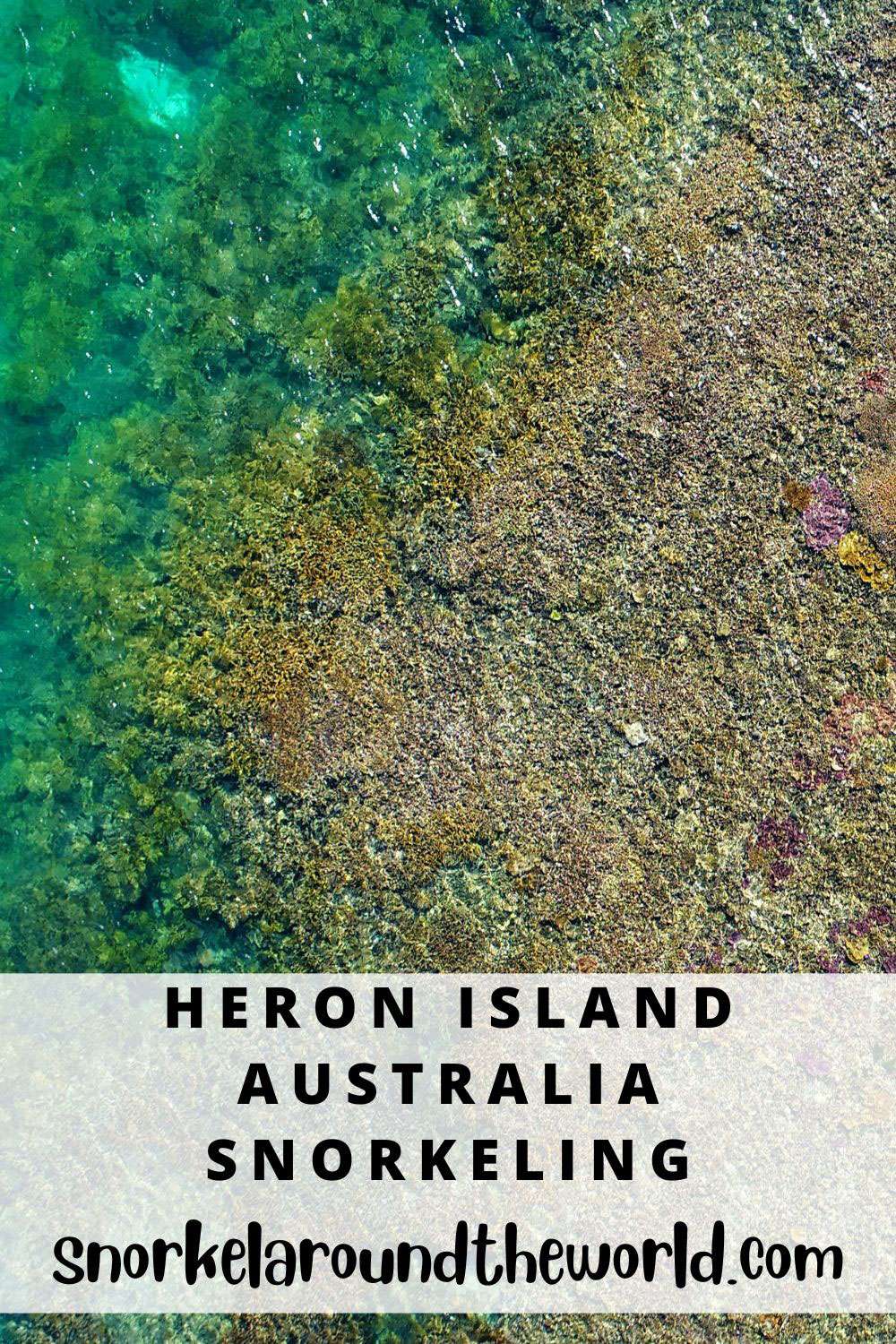Heron Island Snorkeling Trip – Great Barrier Reef’s Adventures
A Heron Island snorkeling trip is the perfect getaway for couples and families to explore The Great Barrier Reef in Australia! Swim with turtles and rays on this stunning UNESCO World Heritage site!
Why You Should Visit Heron Island In Australia
This natural coral cay in the heart of the Great Barrier Reef is a paradise for ocean lovers! The Heron Coral Cay is part of the Heron Reef, a fringing platform of the Southern Great Barrier Reef that is famous for its biodiversity.
The reef system hosts more than 70% of the GBR coral species and more than 900 fish species. No coincidence, a Heron Island snorkeling trip will be an excellent experience for young and old! The shallow water provides ideal conditions to explore the underwater world.
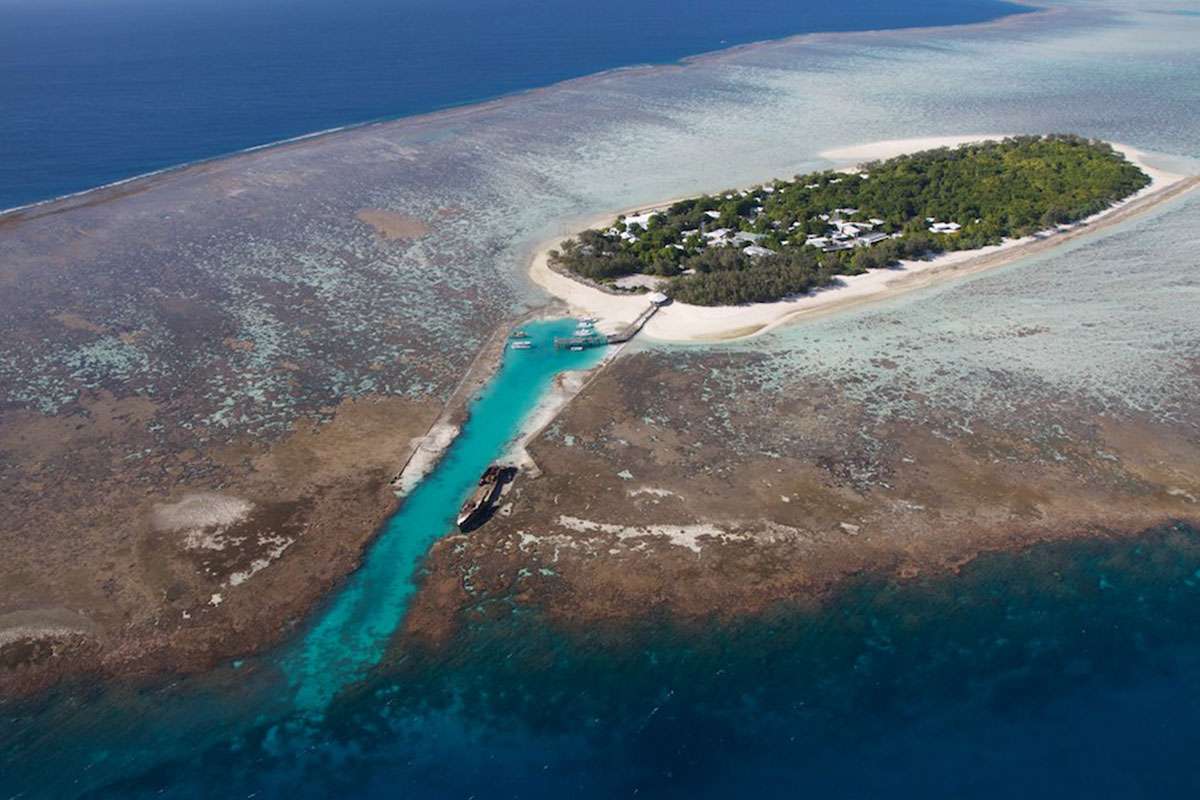

There is no need for boat trips: you can easily reach the vibrant coral reefs by simply snorkeling from the shore! The Gantry Bay and Shark Bay are perfect for kids and novice snorkelers with calm, current-free water! If you want to discover more, join the daily Heron Island snorkeling tours that take you to the nearby Heron and Wistari Reefs.
Tip: The best time for snorkeling is around high tide. When on the island, check the daily updated tide charts for actual information on the conditions!
Marine Species To See While Snorkeling At Heron Island
A Heron Island snorkeling holiday offers you exploring a wide variety of coral species and swimming with tropical fish! Sea turtles (Green Sea Turtle and Loggerhead Turtle) can be spotted all year round. If you come between October and March, you will see the breeding population migrating to the region to mate and nest!


Tip: Do you want to know some facts about sea turtles? Browse our marine biology posts and learn exciting things about sea turtle habitat!
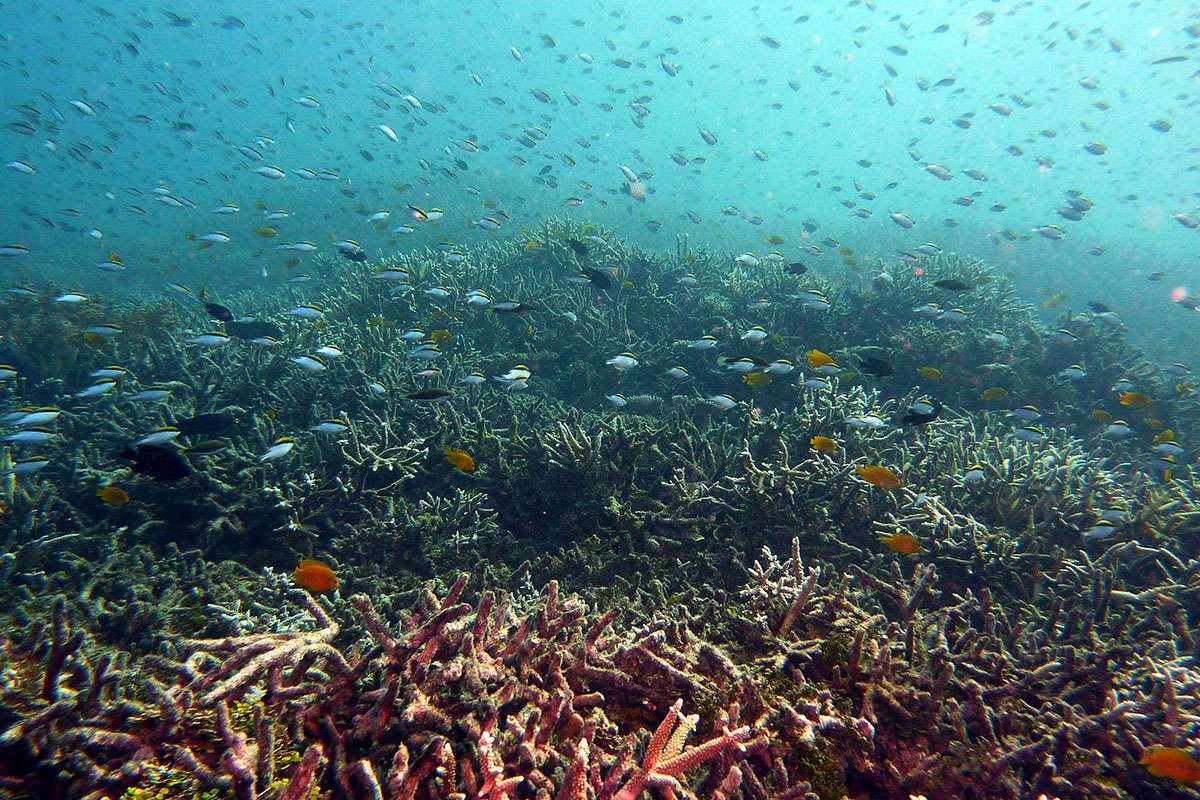

Sometimes, dolphins, black-tip reef sharks, and shovelnose sharks are also around, not to mention the migrating whales around June to September.
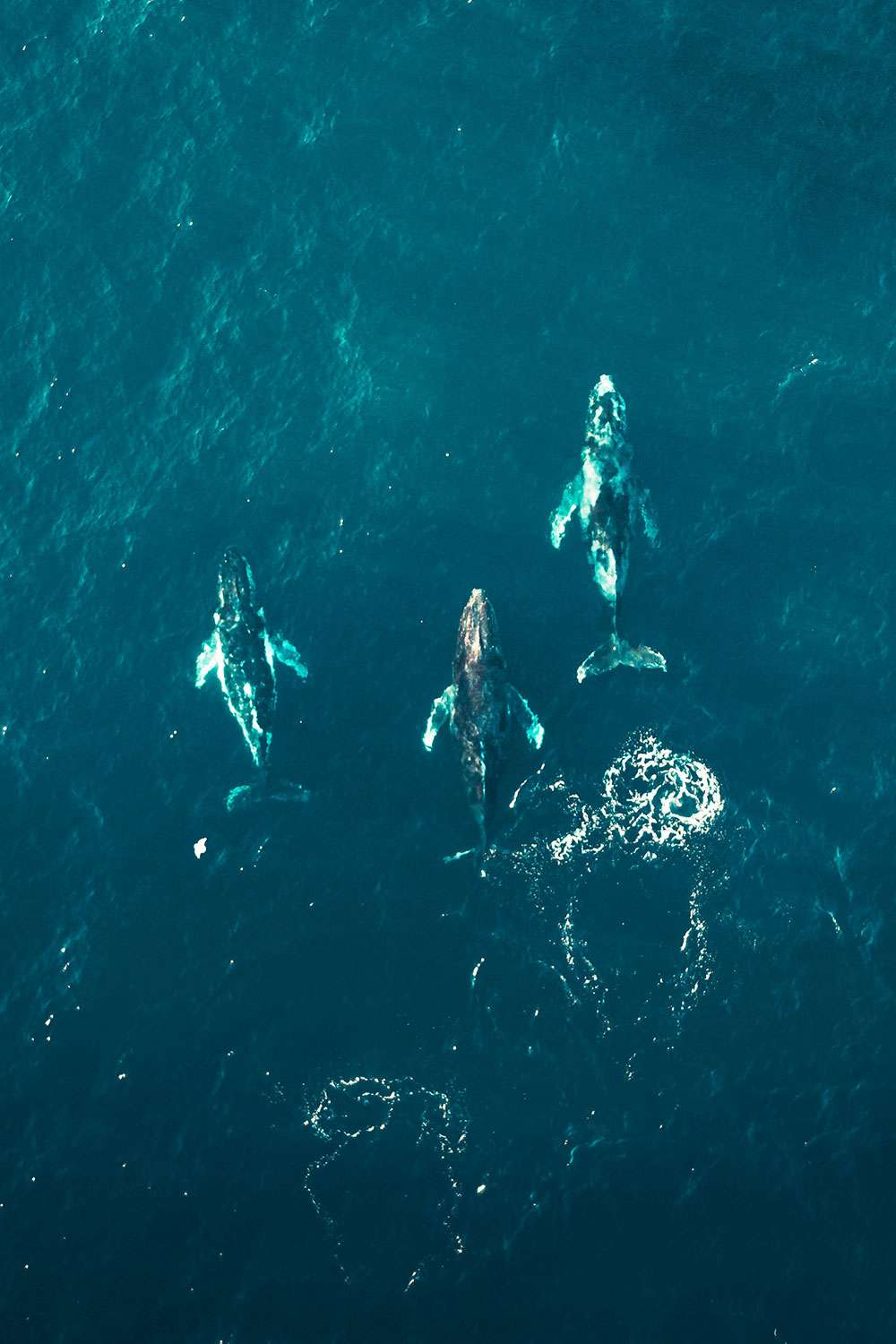

Rays frequently visit the shallow sandy lagoon around the island. You can see the following ray species:
- Giant Shovel-nosed Ray
- White-spotted Eagle Ray
- Cow-tail Ray
- Blue-spotted Fantail Ray
- Pink-whip Tail ray
- Manta Ray
The Heron Island Shipwreck
Did you know that the island has its own shipwreck, too? The HMAS Protector, a gunboat of the South Australian Government, was responsible for defending the coastline. The Protector served in World War I and II. In 1943, it was damaged on its way to New Guinea and was taken to Heron to serve as a breakwater.
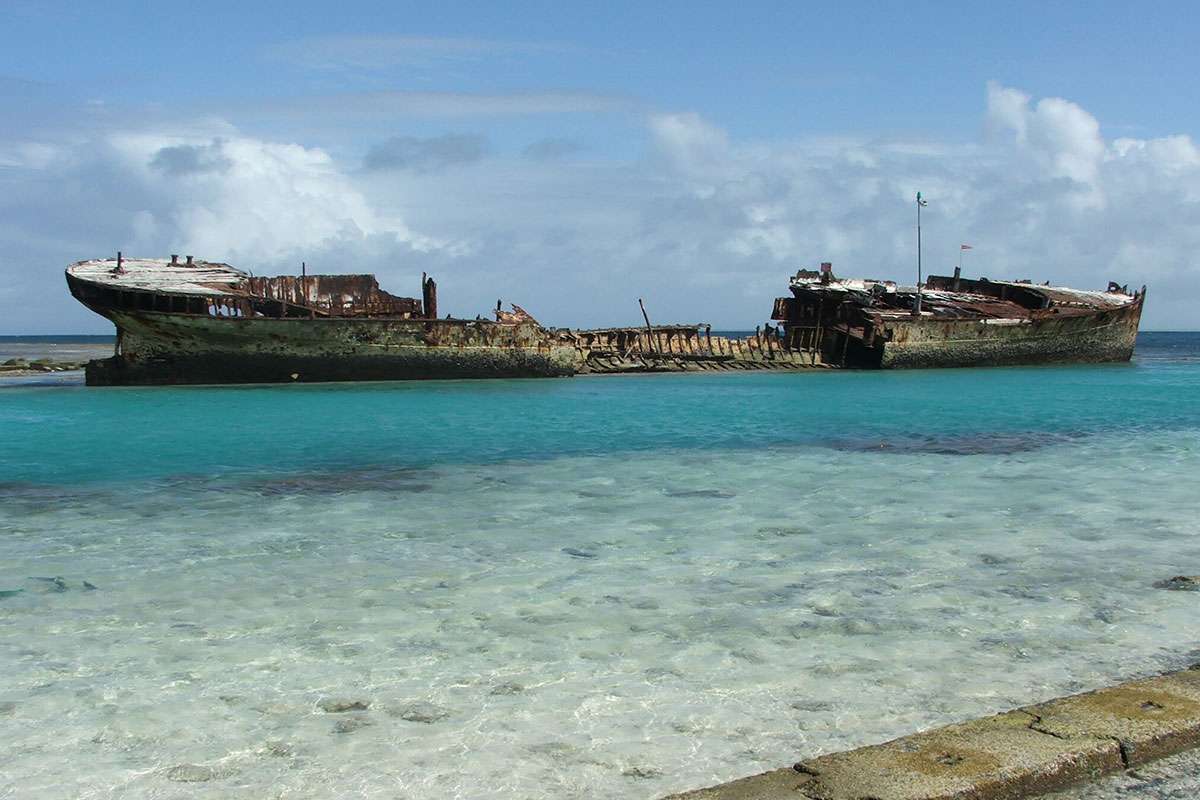

Today, the Protector Wreck is a nice Heron Island snorkeling spot where explorers can observe many fish. You can also walk to the wreck at low tide and calm seas!
Heron Island Resort
Whether you plan a romantic getaway with your loved one, a fun family vacation, or an active Heron Island snorkeling holiday, the resort offers accommodation for everyone. The Reef and Turtle family rooms can accommodate families of up to 5, while the Point Suites, Wistari Suites, and Beach Houses with stunning ocean views are perfect for couples. The delicious breakfast, lunch, and dinner menu is served in the Shearwater Restaurant.
To protect the natural beauty and ensure the resort’s privacy, there are no Heron Island day trips. To help guests disconnect, there is no television in the rooms, but you can watch sports events in the Baillies Bar. To fully release stress, let the Aqua Soul Spa therapists help your body and mind get back to balance.
The Heron Island Resort is a busy hotel all year round. Due to its limited room capacity, make sure to book your rooms in time, especially if you plan to arrive during the Christmas Holiday Season or when an event takes place, like the Dive Festival in July or the Great Barrier Reef Swim in October.
Check the room rates and deals here: Heron Island Resort
Activities
The island’s natural beauty is really worth exploring, and there are tons of programs to learn about the local flora and fauna! You can participate in wildlife presentations, guided birdlife, turtle tours, and reef walks.


Besides these activities, fishing trips, semi-submarine excursions, sunset cruises, and stargazing trips are available. Water lovers can choose kayaking, diving, and, of course, snorkeling! For novice snorkelers, the resort offers snorkel lessons too.
Tip: are you looking for more places to explore Australia’s rich marine life? Read our Lady Elliot Island snorkeling post too!
How To Get To Heron Island
This tiny paradise lies in the southern part of the Great Barrier Reef, 80 km from Queensland, and is accessible from Gladstone. If you are coming from major Australian cities such as Sydney, Melbourne, or Brisbane, you need to fly to Gladstone and then catch a ferry, seaplane, or helicopter, depending on your budget.
Ferry
The easiest and most popular way to the island is by taking the Heron Island ferry. This modern and comfortable vessel, with a seating capacity of up to 170 people, runs daily except Tuesdays and Thursdays. The ferry leaves the island at 10:00 and departs Gladstone at 14:00. A one-way ticket costs approximately 70 AUD for adults, and kids go for half price.
Seaplane
Do yourself a favor and enjoy the magical view of the Great Barrier Reef from the air while heading to your dream holiday location on a seaplane! You can book this unique experience for 349 AUD per way for adults.


Helicopter
Do you arrive for your wedding, honeymoon, or to celebrate any other special event? Make your stay unforgettable and unique by choosing the helicopter journey! During a scenic 30-minute trip, you can fly over the Coral Sea reefs and observe sharks, turtles, and rays. Adult tickets are available for 449 AUD.
Best Time To Visit Heron Island
Thanks to the subtropical climate, you can enjoy pleasant temperatures all year round. For a beach holiday, schedule your visit between October and March, which is the summer season. This is the best time for a Heron Island snorkeling holiday, with hot air temperatures (27-29 C / 84-86 F) and warm water temperatures (24-26 C / 75 -79 F).
The cooler months from April to September bring pleasant weather for enjoying nature and observing wildlife. In June and July, the average temperature is around 21 C / 70 F, both in the air and in the water. Water activities are possible this time of year, too, but bring a snorkeling wetsuit!
If you wish to observe whales, giant turtles laying eggs on the beaches, or baby sea turtles, plan your holiday according to this calendar:
Turtle nesting season: November-March
Turtle hatching season: January-May
Humpback whale season: June-September
Inspired? Pin it!
